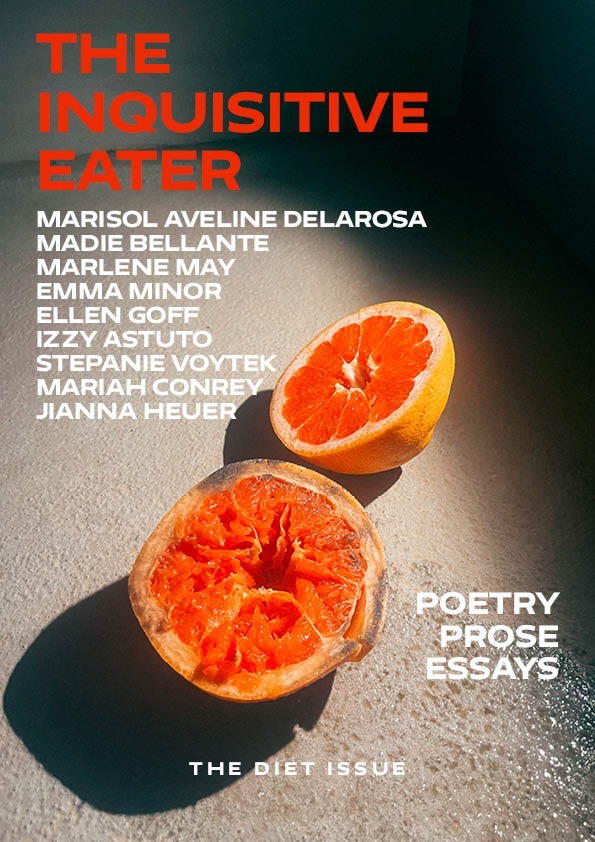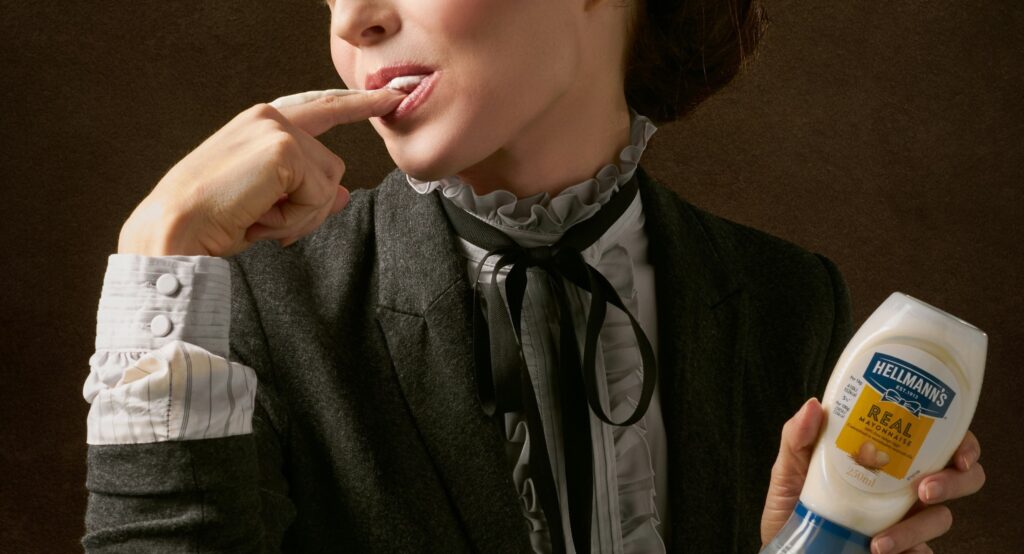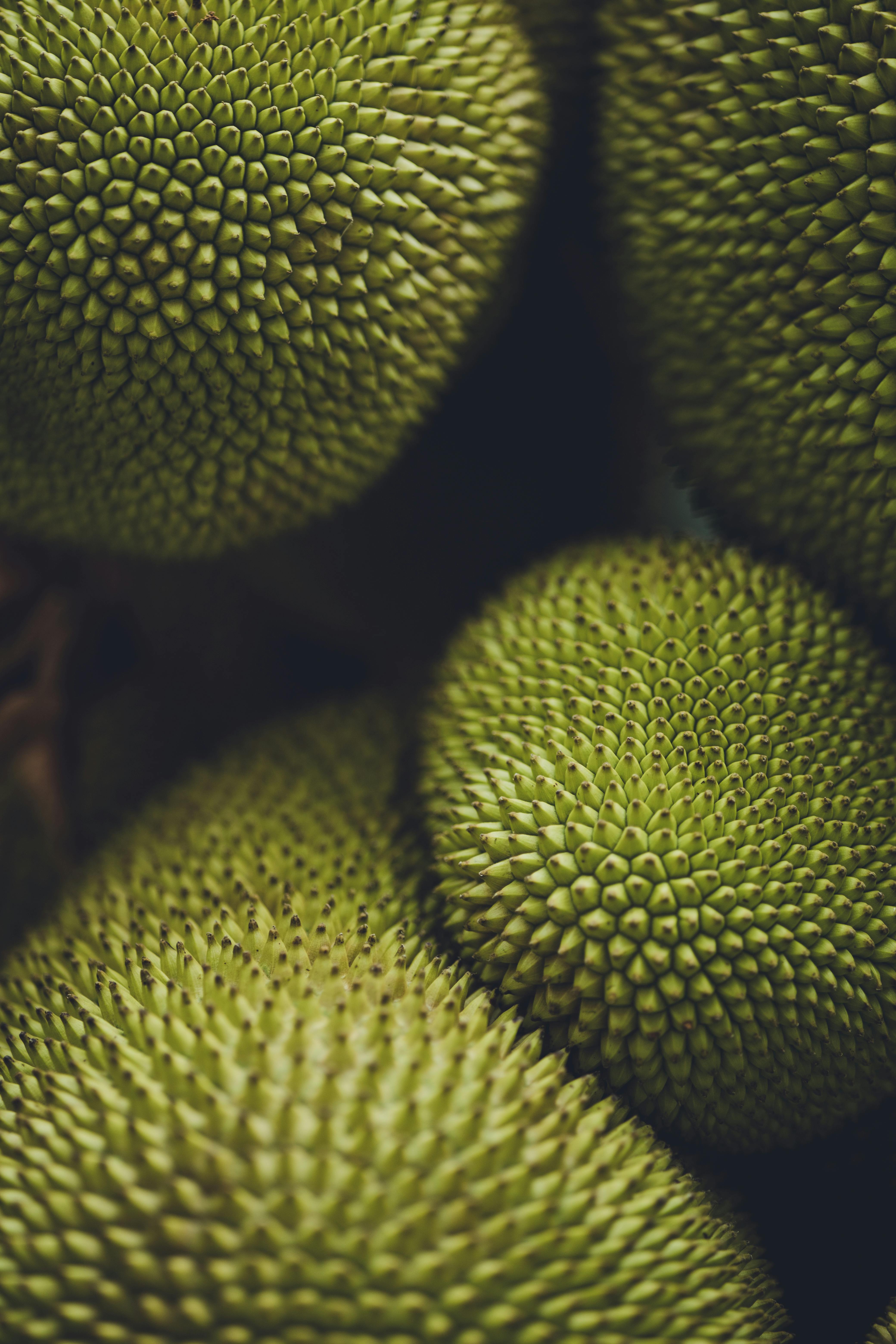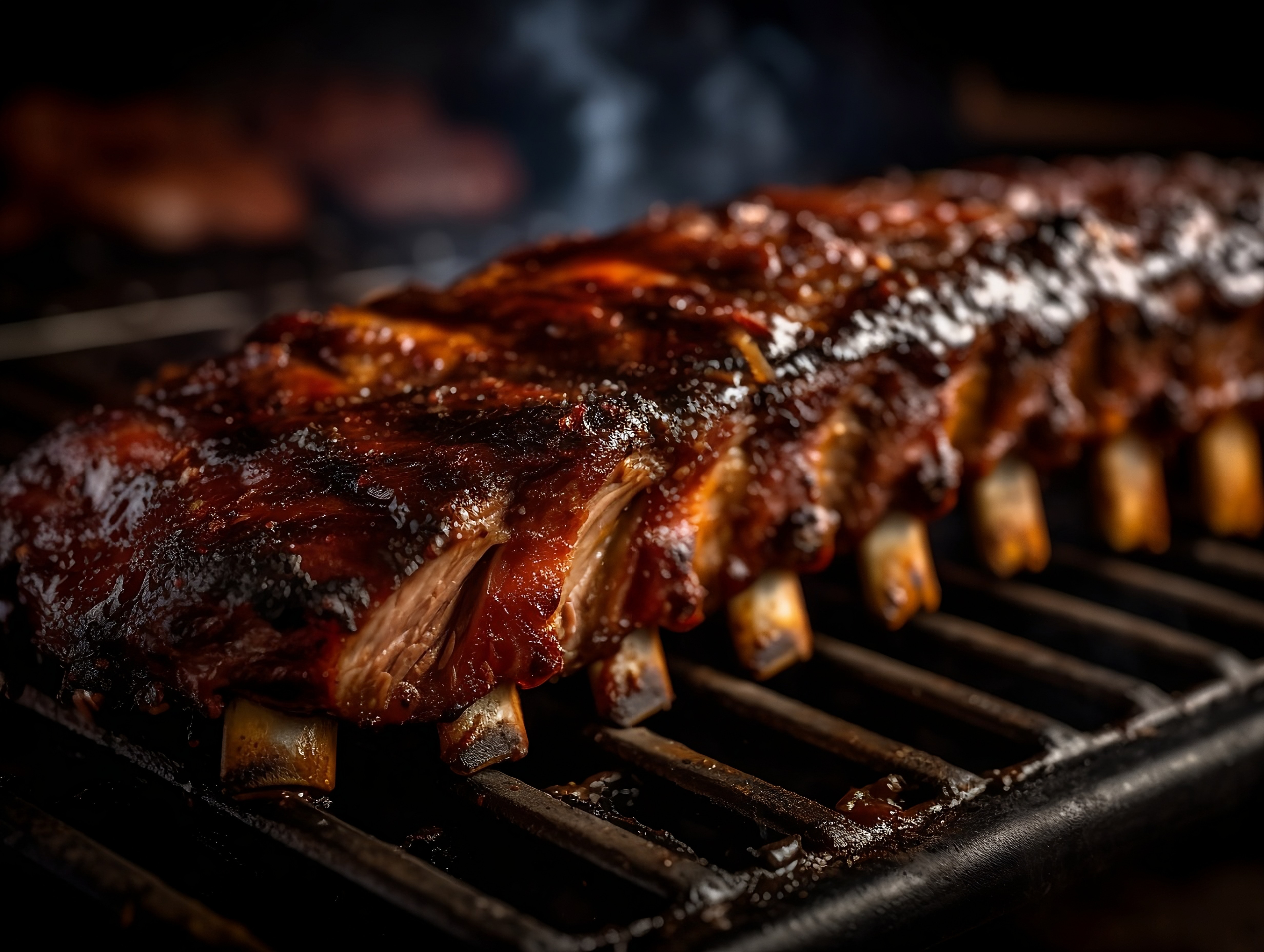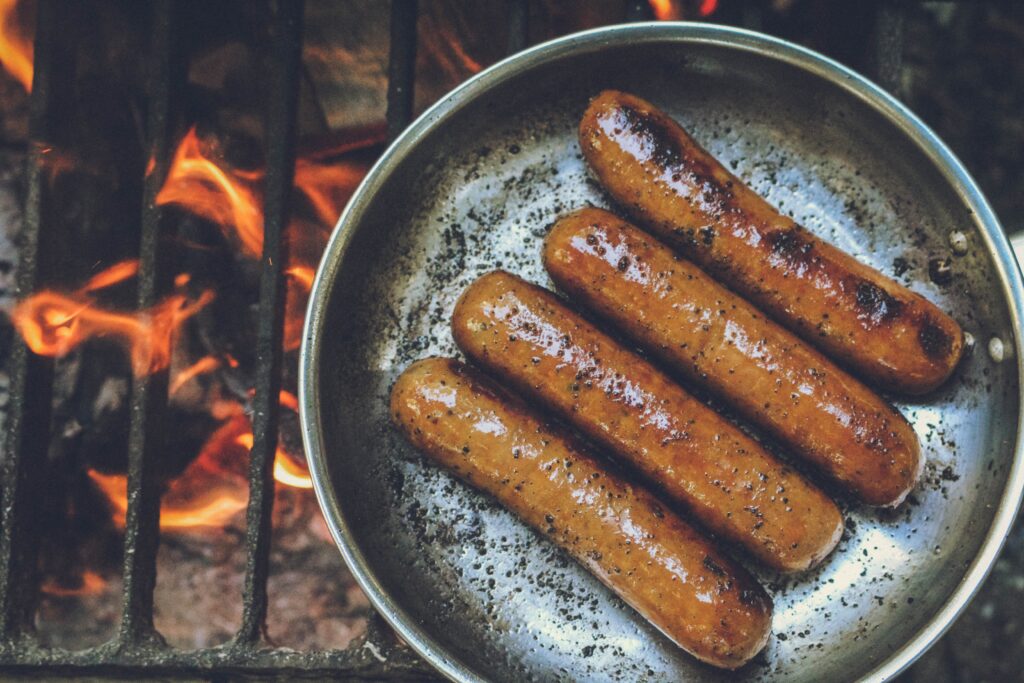Susan and I were coming home from the theater, walking up Lafayette toward the Astor Place subway, when I saw the sign a hundred feet in front of us, glowing in the dark. The smooth, round logo, gently leaning forward. Letters so familiar, but in that location strange.
Just a month before, the building on the corner was still the boarded-up shell of the old Kmart, surrounded by gloomy scaffolding, the ceaseless churn of New York City real estate. Maybe it was a hedge fund, an insurance broker, or a gallery for the guy who never stops taking pictures of his dogs? So, I said it out loud because I didn’t trust my lying eyes.
“That just can’t be a Wegmans!”
Susan said, “What’s a Wegmans?”
How could I possibly describe to her this fabled place, this grocery utopia, whose mystique was perfectly captured in an online comment when, unbeknownst to me, the Astor Place store opened in lower Manhattan in late October 2023: “I feel like I’ve walked into a party where everyone is on E except me.”
So, I kept it pretty simple. “It’s a family-owned supermarket that’s been around for more than a hundred years, with a very loyal following.”
“Like Whole Foods?”
“Oh my God, no! Nothing like Whole Foods.”
She wanted to go in and see for herself, so we did, but at first glance, it was disappointing—a cavernous hall with islands of take-out in plastic containers and almost no one inside except a security guard and a couple of workers.
I wondered if it was a smaller, metropolitan version of Wegmans, like the pocket-size Targets that had been springing up around the borough in recent years. So, I asked a store employee who was wiping down an already gleaming stainless steel display case if this was really a Wegmans, selling, you know, regular food, like spaghetti sauce and pasta?
He looked at me and grinned—not a New York thing to do—and said, “Why, of course! It’s downstairs.”
Susan would have gone, but it was getting ready to close.
“I’ll fill you in on the way home,” I said as we boarded the No. 6 train at the station. And I meant to. But once we found our seats in the crowded car, I realized it wouldn’t be that easy. Because in order to explain Wegmans, I’d have to tell her about Adele.
The first time I ever set foot in a Wegmans was when Adele moved into a retirement community in Allentown, Pennsylvania, after she got sick in 2015, the same year my mother died. When she recovered, her kids resettled her there to be close to her oldest daughter, which worked out well for Stan and me since it was an easy drive from New York.
As we emailed back and forth, she told us to stop at the nearby supermarket to pick up lunch. And weren’t we lucky? she said. It was a Wegmans. Not knowing what we’d find there, out in the hinterlands of central Pennsylvania, I brought her a bag of rugelach from New York. First of all, because Adele loved rugelach. But also because, as a friend of mine once told me, Jewish pastry is the correct food in times of suffering. Later, I’d find out that among the 70,000 products that the typical Wegmans carries in its hundred-plus stores, the one in Allentown did indeed sell the snail-shaped Jewish pastry—maybe not as good as Zabar’s, but certainly not bad.
That day, we bought the most ordinary of things—turkey sandwiches for her and Stan, a chicken Caesar wrap for me, and sides of coleslaw, potato salad, and cut-up fruit—because that’s what Adele wanted. Yet somehow, it all seemed extraordinary. Everything was clean! Everything was bright! All the workers were preternaturally friendly!
As I wandered the aisles, trying to get my bearings, I was suddenly overcome by other supermarket memories—of trailing along behind my parents in the aisles of Davis Supermarket in Greensburg, Pennsylvania, fifteen miles from our house, where they did most of their grocery shopping because it had better-quality brands than the stores in Mount Pleasant.
I would watch as they confidently plucked items off the shelves—capers, white asparagus, Le Sueur Very Young Small Sweet Peas, and the tubes of anchovy paste that my mother would mix with cream cheese to make a roll-up hors d’oeuvres that I’d pass around at parties. How did they even know where to find all those things in the jumble of colorful jars and cans? Their expertise was astonishing.
To this day, I believe I absorbed my most enduring education, all my beliefs and values, in the aisles of Davis Supermarket. Because that’s where I learned that we were different from other families. That my parents had unusually good values and refined taste, shunning the junk food that everyone else piled into their carts.
Oh, how I adored them! But it was an uneasy, anxious kind of love, contingent, I always thought, on having a certain kind of knowledge, on liking the right things. Years later, when my life was turning to crap and I couldn’t see my way past getting stoned as soon as I rolled out of bed, I took a strange sort of comfort in knowing exactly where to find the white asparagus in upscale food markets, and what to do with capers.
By contrast, loving Adele was easy. Except for the jar of black caviar that she put out at her annual New Year’s Day open house, she ate what the rest of America ate, prepared in her 1950s-era kitchen that she never bothered to update. Till the very end, it had maple cabinets, a linoleum floor, and a chrome-and-Formica table reminiscent of Happy Days.
Adele was my mother’s best friend, her Sunday New York Times crossword puzzle partner, and the former superintendent of the Tree of Life synagogue in the little town in western Pennsylvania where I grew up. In my earliest memory of her, she was standing at the front of our beautiful old sanctuary, light streaming through the narrow, stained-glass windows, explaining to all the children the difference between ethics and morals.
I didn’t quite grasp the distinction at age six, but I knew that both were important to being Jewish. She didn’t work at a paying job outside the home until her husband, Hershel, was killed in a car crash when she was forty, leaving her to raise three kids on her own.
For a long time, she was the “bad” mother in my life. When she’d drive down to see us at the Jersey shore, she’d arrive with a basket of Bloody Mary mix, her special recipe for three-bean dip, and a party-size bag of Frito Scoops. She smoked cigarettes on the porch and never set foot on the beach, unlike my mother, who did three-mile power walks at dawn. Adele and I and sometimes my younger sister Rachel would make our annual pilgrimage to the Country Kettle for fudge and the Crust & Crumb Bakery for—what else?—crumb cake.
When I finally got my act together and decided I wanted to be a newspaper reporter, Adele also became a mentor and best friend. She didn’t know anything about journalism other than what she absorbed from CSPAN and CNN, but she knew my history better than any career counselor. She’d watched me grow up and go from dutiful daughter to parental scourge, veering wildly between censure and silence. Yet she never judged me.
She also knew all about having to reinvent a new life for yourself. After Hershel died, she went back to school and earned a master’s in education, eventually landing a big job in vocational rehab at the Pennsylvania Labor Department. She built a whole new dating life for herself, becoming a fixture at the happy hours at Nino’s, the first fern bar to open in our area. There, she’d nurse a single Bloody Mary all night because she was one of those Jews that didn’t really drink but liked to hang out in fun places where she might meet sexy men. I always sensed she was a very lusty woman, like a Jewish Wife of Bath, though we never talked about it in great detail. She was, after all, my mother’s best friend.
Her office was in Johnstown, an hour by car from Mount Pleasant, and during those long drives, she’d tune in to Rush Limbaugh. I remember asking her, “How can you listen to that crap?” And her saying, “I want to know what the other side is thinking.”
My family moved away from Mount Pleasant for good after my dad died—my mother to Pittsburgh, the five of us scattered across the country. But Adele stayed on in her little red brick house at the top of Orchard Hill Drive long after her girls were grown—until she got so sick, she ended up in the hospital, even missing my mother’s funeral.
During those years, my younger brother Robert used to stay overnight at her house if he had business at the family furniture store. Sometimes, he’d show up after she’d already gone to bed. The door was never locked. In the morning, she’d make cheesy eggs with sautéed onions and grated cheese. She’d always be working on a big puzzle in the living room.
Rachel used her house as a sanctuary, too, stopping by on her way to and from the ski slopes in the mountains. When she arrived, hands and feet blue from the cold, Adele would serve cinnamon toast fingers with Swee-Touch-Nee tea, the favorite brand of Yiddish-speaking immigrants because it reminded them of the strong black tea they drank at home.
Rachel said that Adele gave her the best life hack ever: put things back where you found them, and you’ll always find them again.
Once, for a conference, she flew out to San Diego, where I had a job at a mid-sized paper. We had dinner at a fancy restaurant at the top of a downtown skyscraper, ordered Black Russians, and watched the planes land at Lindbergh airport. I told her I was discouraged about ever moving up to the next rung of newspapers, but she said to never give up and keep sending out clips.
That night, she told me that women always look more put together when they wear a turtleneck underneath their blouse. She also explained how she lost seventy pounds over ten years: she ate whatever she wanted, but half the amount. In all that time, she never gave up her beloved Miracle Whip, Reese’s peanut butter cups, or Land O’Lakes butter, which she slathered on everything.
Rachel and I used to marvel at her self-confidence. One day, she shared that secret, too: “I know I’m a short, dumpy, homely Jewish woman, but my father always told me I was the most beautiful girl in the world, so I walk around thinking of myself as a 6-foot-tall curvaceous blonde.”
I loved the way she embraced her routines. Monday was shopping; Tuesday, a manicure; Thursday, her hair appointment and CSI. On weekends, she’d have breakfast with her neighbors, alternating between Bob Evans and donuts. It was best not to disturb her when she was watching Jeopardy!
Right before my mother died, Adele called me with some news.
“I saw your mother,” she said. “She’s not angry with you anymore.”
I was embarrassed to be reminded of our long, fraught history, so I just listened quietly as Adele, knowing that it had been their last visit, reminisced.
“Your mother was so good to me,” she said in her rich, slightly nasal voice. “But she couldn’t start her day without first making a BM.”
Two weeks after she died, Adele called me again. She told me in the most plain-spoken voice that my mother didn’t like the fact that I went my own way, made my own decisions, had my own life. I was stunned by her candor, grateful for her support, yet felt the tremendous need to justify myself.
The words just tumbled out. “I was in so much pain, I was so unhappy, did so many dangerous things, was treated so badly by men, was so lost and confused…”
“We all were,” she said.
When I heard that, I gripped the phone even tighter.
“But it didn’t seem that way. You all got married, had kids—you did things.”
“But we were. Even your mother was.”
In the last few years of Adele’s life, Stan and I would drive out to see her as often as we could. She’d managed to pare down a lifetime of belongings acquired over more than fifty years in Mount Pleasant to just what could fit in her long, narrow 12-by-20 room. When her kids sold the house on Orchard Hill Drive, they offered me her chrome-and-Formica table, but I had no room for it in a Manhattan apartment.
During the fateful election year of 2016, her TV was always on when we arrived, tuned to either CNN or Fox News—again, because of her maddening-to-me tendency to want to know what the other side was thinking. (I didn’t.) Then, in early 2017, I found out that Wegmans was No. 43 on a list of companies to boycott because it sold Trump-branded wine.
I emailed my brother, “What are we going to do???”
He told me to keep shopping there but write a letter of formal protest with a copy of our most recent receipt. “Let them know it will be the LAST time we will be purchasing from them unless they drop the line.”
Then I asked Adele what to do. Maybe because she was in her eighties, because her mother had survived a pogrom, because her father had been a refugee in Cuba, because she’d been widowed at age forty, or because, as a longtime precinct worker in the Third Ward, she’d watched Mount Pleasant and Westmoreland County go from blue to red without ever losing a friend—Adele said, “Go to Wegmans. Everything will be okay.”
So, we did, returning again and again for our usual meal, every now and then splurging on Oreo Thins or Sun chips, two items Adele adored.
The last time we saw her, Stan and I met my brother and sister-in-law at the nearby Wegmans to shop. Adele’s daughter had reserved a little room off the big dining room for us, and the manager brought us drinks, plates, and silverware. This time, we got her a pint of chicken soup, and she snacked on Sun chips and Italian ice.
She was wearing a silky blouse and white stretch pants, moving around the facility quickly and gracefully on her walker. Back in her room, where she kept a framed photo of her late husband and also one of the Obamas on her dresser, she told us she wasn’t afraid to die. She wanted to see Hershel again.
I could have told Susan all of that on the ride uptown. But I didn’t. As the doors slid open onto the platform at 86th Street, I simply said, “Next time we’re in Astor Place, we’ll have lunch there, and you’ll see for yourself.”
But if she had really pressed me, if she had insisted on knowing everything the store meant to me, I would have said, “Wegmans is goodness. Wegmans is kindness. Wegmans is love.”
Ann Levin is a writer, book reviewer, and former editor at The Associated Press. Her creative nonfiction has been published in Sensitive Skin, Southeast Review, Hunger Mountain, Mr. Beller’s Neighborhood, The Main Street Rag, Porridge, Bloom, and many other literary magazines. She has also read her personal essays on stage with the New York-based writers group Writers Read. You can find her at annlevinwriter.com and follow her on Instagram and X @annlevinnyc.
